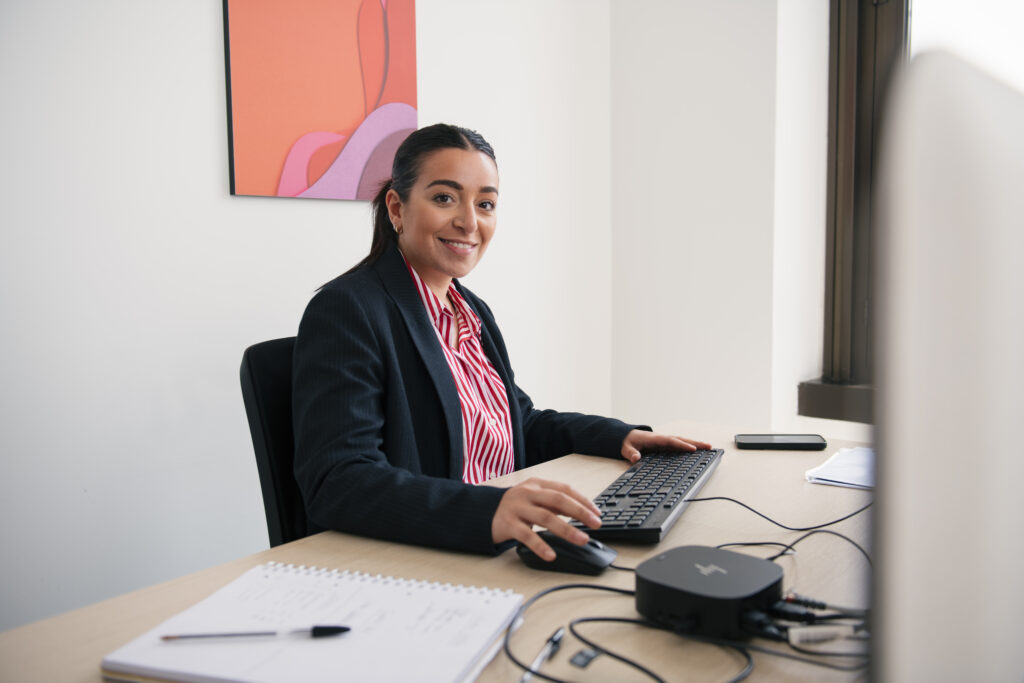
Sustainable Food Packaging: New Cellulose Materials
Innovation in Food Packaging: The Work of Tommaso Bellesia
In the field of food packaging, innovation is increasingly focused on improving the efficiency and quality of the materials used. Tommaso Bellesia, a young researcher at the University of Milan, is collaborating with Fedrigoni to develop alternative solutions and address the challenges of food packaging. His work focuses on designing packaging that ensures optimal protection for products, while also enhancing the sustainability and practicality of available solutions.
From Research to Circularity: A New Approach to Food Packaging
After completing his undergraduate and master’s degrees in food technologies at the University of Milan, Tommaso decided to pursue a PhD with a clear goal: to develop sustainable food packaging. His research journey, which began a few months after graduation, has focused on extracting cellulose from food waste and biomass, aiming to create a production system based on the circular economy.
Cellulose as a Resource for Food Packaging
The core of the project is the transformation of cellulose into microfibrils and nanocrystals. “Cellulose is made up of long fibers, and through specific processes, we can break them down to obtain structures with micrometric and nanometric sizes,” explains the researcher. This technology represents a step forward in sustainable food packaging, allowing the creation of materials with better mechanical and barrier properties. However, the path toward truly circular food packaging required overcoming several challenges, particularly the elimination of polluting solvents used in extraction processes.
The Use of Cellulose Microfibrils and Nanocrystals in Food Packaging
The vision for the project has not been without difficulties. “Often, to create sustainable materials, solvents are used that, paradoxically, are polluting. I worked hard to develop an extraction method that was as sustainable as possible,” says Tommaso. This effort led to an innovative process that minimizes the use of harmful substances, making cellulose an even more suitable resource for food packaging.
Initially designed for food contact, the project had to adapt to the strict regulations governing the use of nanomaterials in this sector. By collaborating with Fedrigoni, Tommaso has expanded the potential of his research, exploring solutions that can be applied not only in food packaging but also in other industrial fields. “We are working on oxygen and other gas barriers, useful both in the food sector and in other industries,” he adds.
Innovative Food Packaging That Meets Regulations
Tommaso’s journey took place within the framework of an industrial PhD, a choice driven by his desire to combine research and practical application. “I didn’t want to pursue an academic PhD. I wanted something that would allow me to interact with companies and create concrete solutions,” he says. This decision proved to be successful, enabling him to develop skills that range from theory to practice.
Challenges were not lacking, especially when balancing sustainability and performance. “Creating products with less polluting substances is more complex and requires a lot of research and experimentation. But it’s worth it,” he says with conviction. His work is demonstrating how more sustainable food packaging can be created without compromising functionality, reducing environmental impact without sacrificing material quality.
The Future of Food Packaging: Reducing Environmental Impact
Tommaso emphasizes the importance of bringing together different skills and experimenting without fear of failure. According to him, the PhD represents a unique path for personal and professional growth. “It allows you to develop specialized skills and acquire a deep knowledge base in a specific sector, offering the opportunity to work closely with industry experts and access networks that can be crucial for future career opportunities.”
Looking to the future, Tommaso hopes his work can have a significant impact not only for Fedrigoni but for the entire sustainable food packaging sector. “I imagine that my project could lead to a reduction in plastic use and more eco-friendly solutions. If my packaging can replace more polluting materials, I will be satisfied,” he concludes.










